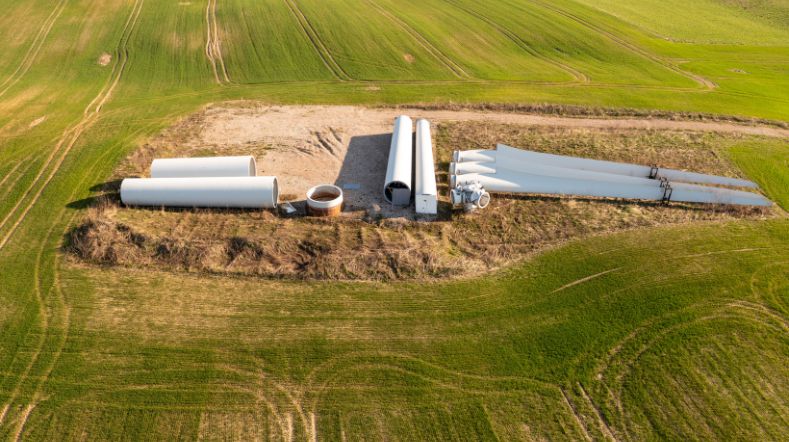
X-ray drone technology and digital twin to detect sub-surface defects within turbine blades
SpectX, TNO, and partners GE Vernova and LM Wind Power, will start a 2-years project to detect sub-surface defects in wind turbine blades by drone X-ray inspection. The findings will be integrated into a digital twin model developed by TNO to better predict blade life. With the application of this technology, not only are inspection time and costs significantly reduced, but safety and efficiency are also improved through better planned maintenance.
The challenge of wind turbine inspections
The inspections are crucial to detect defects at an early stage and to optimise maintenance of wind turbine blades.
Traditional inspection methods, involving rope-access crews, are labour-intensive, costly, and expose technicians to hazardous conditions. Although drones equipped with visual sensors have been adopted for inspections, they fall short in detecting sub-surface defects, necessitating annual rope-access inspections.
X-ray images
SpectX, along with Avular and Eindhoven University of Technology, has developed an aerial inspection system capable of capturing X-ray images of wind turbine blades. This technology will be tested in 2025. These images are analysed using AI-driven image processing to swiftly identify defects.
The results are integrated into a digital twin model, developed in collaboration with TNO. The model then predicts the lifespan of the blades based on real-time turbine data.
Enhancing efficiency with predictive technology
While SpectX's system can replace rope-access inspections, the process remains time-consuming, compared to visual inspections (obviously with far less output). To address this, the consortium is developing a targeted inspection strategy leveraging the digital twin's predictive capabilities.
The digital twin will identify potential problem areas, guiding drones to inspect these specific regions. This feedback loop will continuously refine the digital twin's predictions, reducing inspection times and improving accuracy.
Project implementation and collaboration
In this project, SpectX will deploy their X-ray drones to detect potential internal defects in the TIADE research turbine in the Netherlands, collecting data to train their AI models. TNO will develop methods to prioritise inspection areas and validate defect detection.
Together, they will establish communication protocols to direct drones effectively. GE Vernova and LM Wind Power will contribute expertise on turbine blade defects and provide access to the TIADE turbine.
Future prospects
Upon project completion, the TNO digital twin and SpectX inspection system will enable targeted internal defect inspections, reducing downtime, transport, and manpower costs. This innovative approach will be applicable to wind turbines of all sizes, including the latest generation models like the Haliade-X and beyond.
The project is made available with Energy & Climate Research and Development (EKOO) subsidy of the Netherlands Enterprise Agency.
Get inspired
Improving wind turbine maintenance with the sensor installation robot
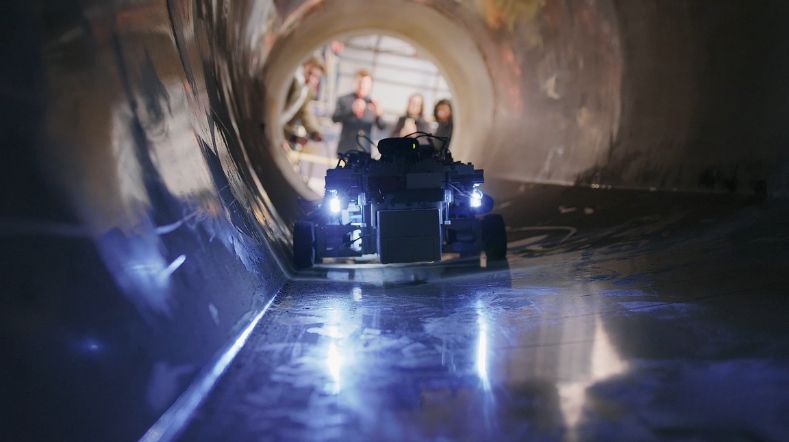

Project launched for recycling wind turbine blades
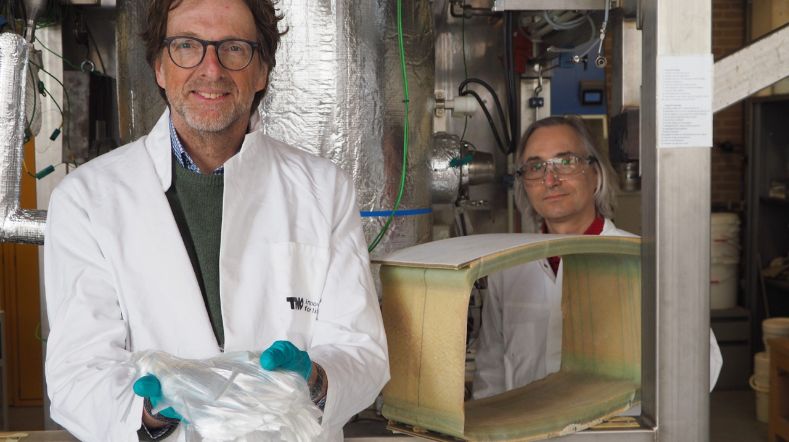

TNO research leads to better damage prediction for offshore wind turbine blades
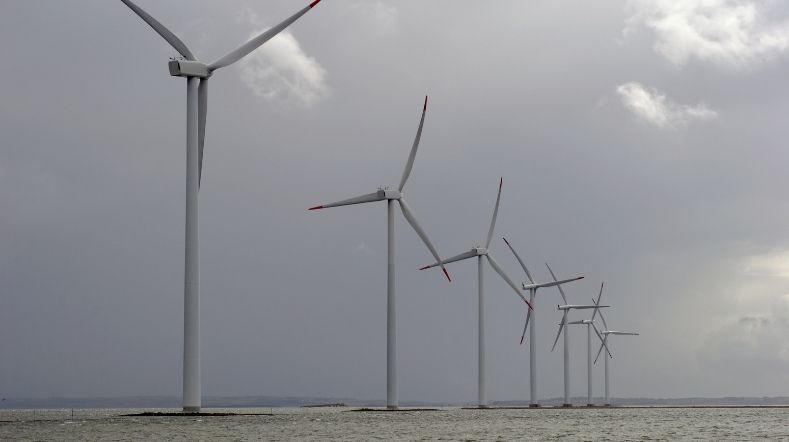

Better damage prediction for wind turbine blades through unique weather measurements at sea
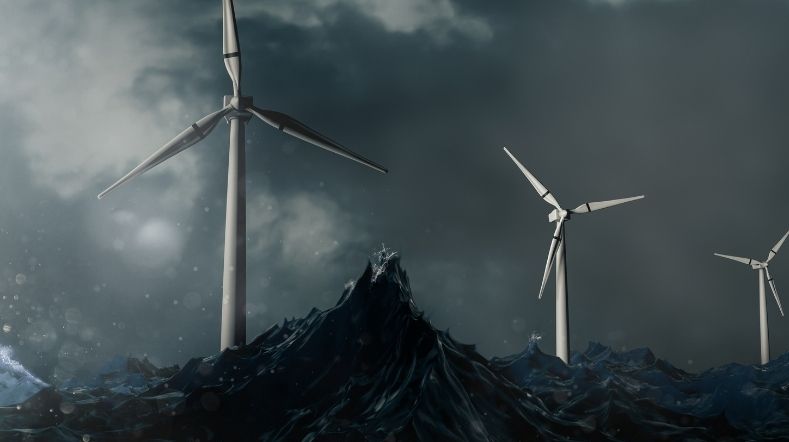

First study on public perception of wind turbine circularity
